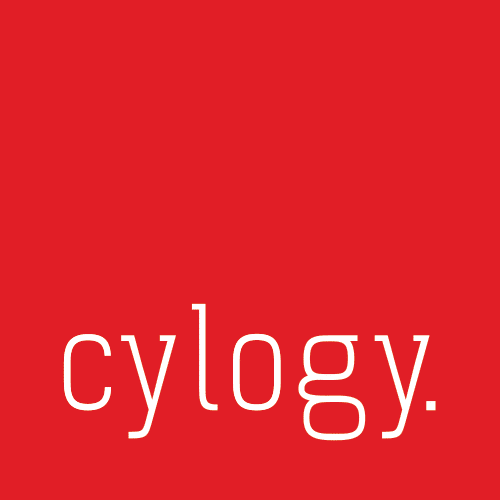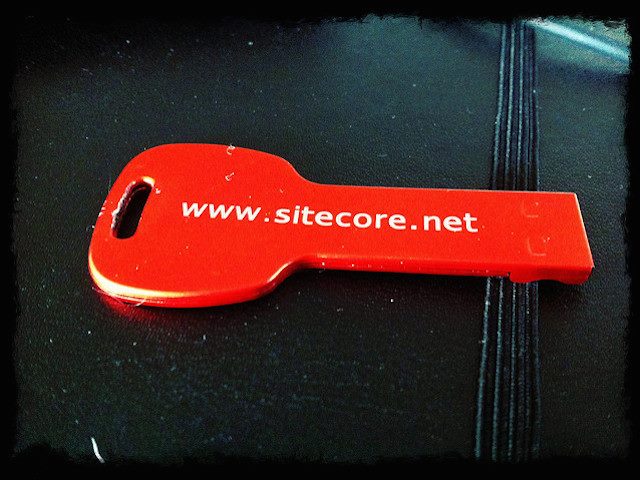In mid-July Sitecore announced the launch of Sitecore XM Cloud, the culmination of a process which has seen Sitecore make the main components of its platform available on a Software-as-a-Service (SaaS) basis. Critically, Sitecore XM Cloud makes Sitecore’s main content management system (CMS) available on a SaaS basis, a core missing piece of Sitecore’s support for a Digital Experience Platform (DXP) based on composable architecture.
Sitecore’s marketing has been emphasizing using Sitecore as a composable DXP for a while. A string of acquisitions has resulted in an expanding portfolio of SaaS services including Sitecore Content Hub (resulting from the acquisition of Stylelabs) and Sitecore CDP, based on the more recent Boxever acquisition.
No Longer Work-in-Progress Digital Experience Platform
Despite more elements of Sitecore becoming available as independent SaaS-based services, up to now it has been hard to present a coherent and complete picture of Sitecore as supporting a cloud-first, composable DXP when the core of the product was still not available in this way.
The overwhelming majority of Sitecore customers we work with use the CMS on a daily basis; their everyday experience of using Sitecore involves the CMS. For them, the message that Sitecore supports a composable DXP when their most-used part of the platform is not part of that architecture sent mixed messages and caused some confusion in the marketplace, and to a certain extent sold a story that was a work-in-progress. The launch of Sitecore XM Cloud means that this is no longer the case.
The launch of Sitecore XM Cloud therefore represents something of a landmark in the history of Sitecore and a pivot away from the integrated platform available either managed on an organization’s own infrastructure or on a Platform-as-a-Service (PaaS) basis. While these options are still available, Sitecore is clearly prioritizing the fully cloud-native, composable route.
What Is Sitecore XM Cloud?
At its heart Sitecore XM Cloud is a headless CMS that also has an editing experience attached. Sitecore themselves position it as a “cloud-native, modern CMS empowering brands to create, manage, and deliver relevant content at lightning-fast speeds.”
Unsurprisingly, Sitecore has also used the new release to incorporate some new functionality and a redesign, some of which have been evolving over previous releases or were in preview. Improvements are again a result of the $1.2 billion dollar investment that Sitecore has received to support its acquisitions, increase its marketing efforts and enhance the platform.
Of particular note is the Sitecore Pages functionality which allows for in-page editing based on the Horizon editor which has been enhanced over recent releases; it provides a more appealing and easy-to-use interface than the existing Experience Editor. The editing experience is also improved to build components which can then be re-used across multiple sites; there are various refreshed interfaces to make it easier to manage a multi-site environment.
A “cloud portal” also allows administrators to access the different SaaS-based Sitecore components within your composable architecture. Overall, this feels like a significant upgrade to the core CMS which has arguably been less of a priority in the past couple of years.
Impact on Sitecore Customers
The introduction of Sitecore XM Cloud provides digital teams with the intriguing option to use Sitecore’s CMS and editing experience at the center of a composable DXP that in the long-run will provide more flexibility and agility, avoid vendor lock-in and use the best-of-breed tools of choice. For teams that are used to using the traditional Sitecore integrated suite and want to transition to composable architecture but want less of a learning curve associated with a new system, then Sitecore XM Cloud offers a feasible route.
For existing customers that are using the Sitecore Experience Platform, but aren’t using the full suite of tools — a common scenario that is arguably Sitecore’s Achilles’ heel — then XM Cloud provides an opportunity to use the CMS with the convenience of a SaaS tool; and then they can just select the services they intend to actually use.
Some details are still to fully emerge such as full transparent pricing (not a traditional Sitecore strength) or the impact on pricing for existing Sitecore clients. What you need to budget will depend on your size, existing license set-up and the services and options to which you want to subscribe.
What’s not clear is whether customers managing their own Sitecore infrastructure or the Platform-as-a-Service model will be forced to switch to SaaS at some point. There’s been no announcement to say that this will be the case, but it is quite possible that it may happen at some time in the future. However, any discontinuation of any services is likely to have a long lead time, as well as upgrade or transition options that make it easy for Sitecore customers to switch to the SaaS platform.
Sitecore XM Cloud Completes the Story
The release of Sitecore XM Cloud is not a surprise. Sitecore has talked about its cloud-native strategy and offering the core CMS as SaaS. It was always on the roadmap.
But to developers like me who have worked with the integrated Sitecore platform for well over a decade this still feels highly significant. It completes a story and fully aligns the capabilities of the platform to support a composable DXP with Sitecore’s marketing messages. If you want a composable ecosystem of best-of-breed tools for your DXP, and you want Sitecore at the center of that, then this is now an option.




